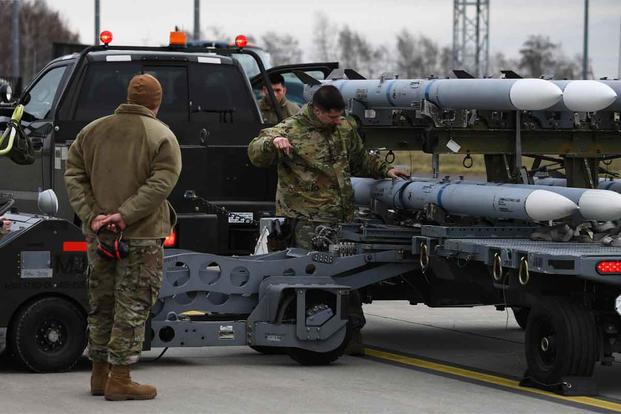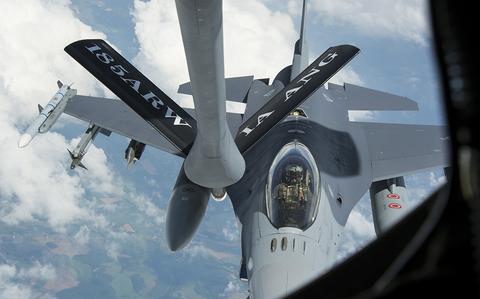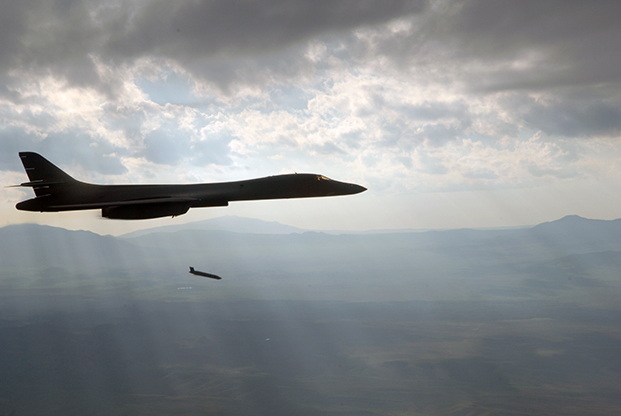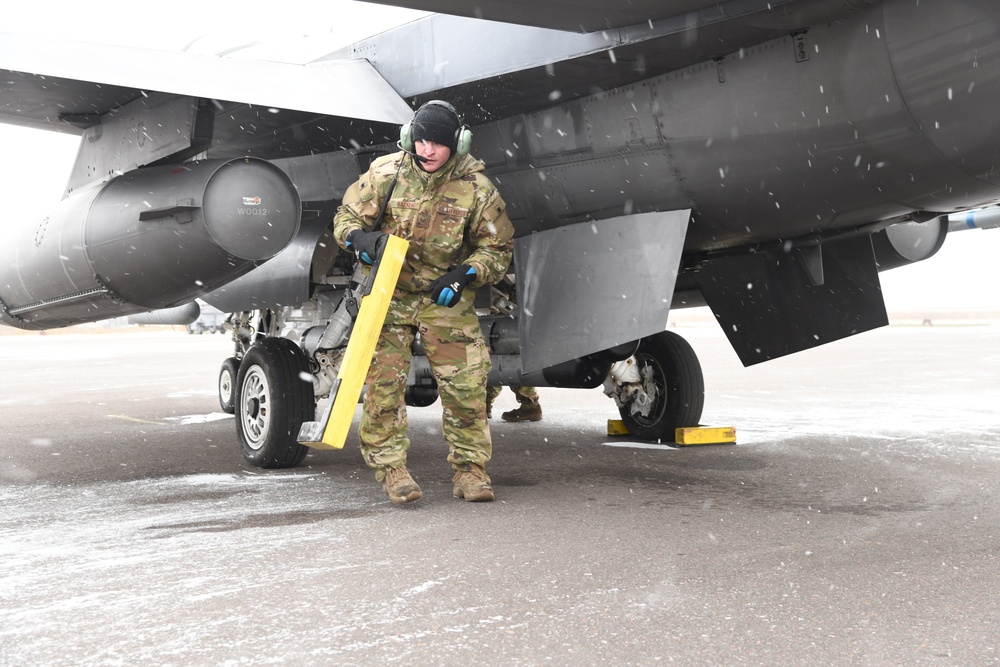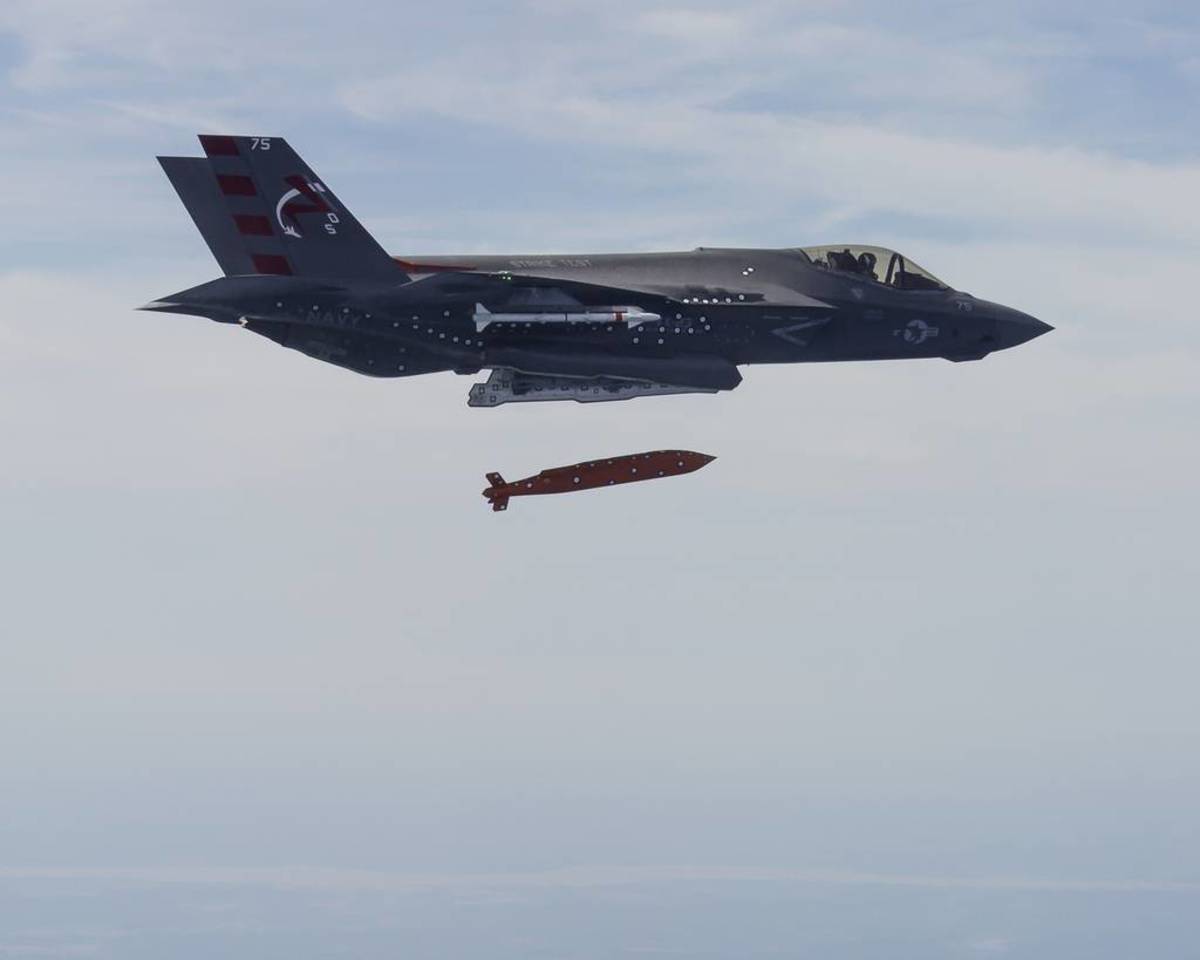Full paper here:
http://issuu.com/csbaonline/docs/csba6110_air_to_air_report
The takeaway: Why invest in the F-35, or even a sixth generation fighter to create a ‘super F-22′? Both aircraft will offer marginal improvements over the F-22 at great cost, and both will still be fairly short-ranged (at least considering the operational distances in the Pacific and other theaters). Wouldn’t it be better to focus on a bigger aircraft?
The paper envisions a future fleet of around 400 bomber-like multi-role aircraft constituting the core of America’s airpower in the 21st century, a single, large, long-range, big payload, stealthy aircraft that would comprise the future United States Air Force’s combat arm.
I was thinking about this for a bit, and I think the paper is aggressively wrong in that it directs the reader away from the path to thinking about the problem clearly by pointing the potential problem at datalinks. This is about as bad as B-17 box formation will defeat all fighter concept because so many guns and resilient airframe~
The idea of spotter drones and big bomber long range missile is based on superior stealth-sensor combo. The paper have opponents do the clearly stupid thing of blowing up their own signature "to get defeated to demonstrate a concept." A sane technological peer opponent in the stealth warfare regime would lower signature and attempt to obtain at least simultaneously detection.
In this situation, aircraft speed, if it blows up signature, is a back line and defensive trait, not a "edge of front line of sensor reach" (except in gambles on high value targets) trait. The ability for superior maneuver (significantly) outside of weapons range can be decisive given many combat regimes and the paper says little about that.
With simultaneous detection and assuming high pk weapons (against aggressive maneuvering targets), distant rear line missile support is not very relevant as the encounter would be decided before rear missiles hit, unless said missile have huge terminal seeker that'd work with midcourse updates killed early. It would likely be cheaper to have more front line airframes and use inflight refueling. Rear missiles barges makes sense in low pk regimes, where one may have to macross to kill.
There are number of variables that is basically unknown to the public that will actually shape how air combat works out, which off the top of my head includes:
1. The gap in distance between detection, identification and localization (for weapons). Big gap improves value of mobility, small gap favors super-optimization of sensor/stealth performance
2. The change in signature for "defensive" maneuvers.
3. Sensor cost to detection range curve: rapidly increasing cost to range favors low cost platforms and vice versa. NGAD would make little sense if large manned aircraft could not have a significant detection advantage over loyal wingmans.
And there is just a whole mix of very dissimilar airframes in the drone regime, all the cost curves combined with tactics. There is insufficient work in actually reducing the variable count as a continuous curve spanning 4 orders of magnitude is on the table, with the reduction of the human constraint.

